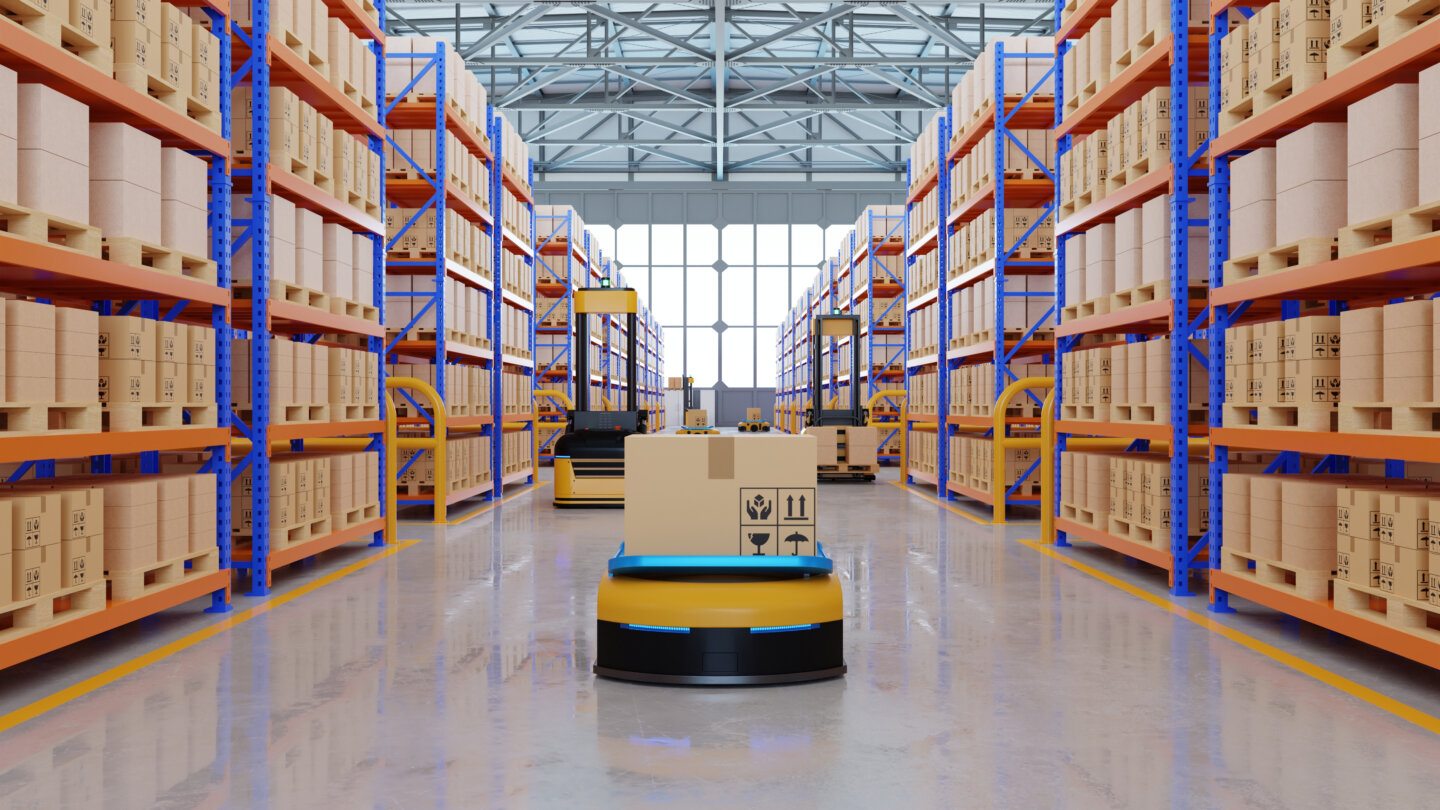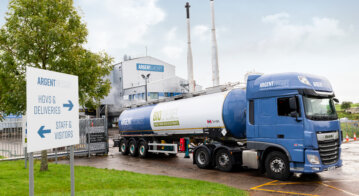Automation with Lego™ bricks: The staged and focused approach
As companies re-evaluate investments and feel pressure from a global economic downturn, the cost-efficiency of warehouse and manufacturing operations is increasingly under the spotlight. Reports released early in 2023 predict demand for new warehousing and automation systems will generally decline.
However, the benefits of judicious use of robotics and automated systems that work alongside existing WMSs can address the source of many cost creators in even small facilities. Many operations directors and business owners know where efficiencies can be found, but the complexities of automation and the risk of spiralling implementation costs put many off leaping into the next phase of automating their systems.
Every storage or management facility has its own challenges to achieve those goals of safety, lower costs and better customer satisfaction metrics. There are localised challenges in the UK and mainland Europe, especially around the premium cost of space. Unlike in the rural US, for example, simply building outwards to create space to hot-test new systems isn’t viable.
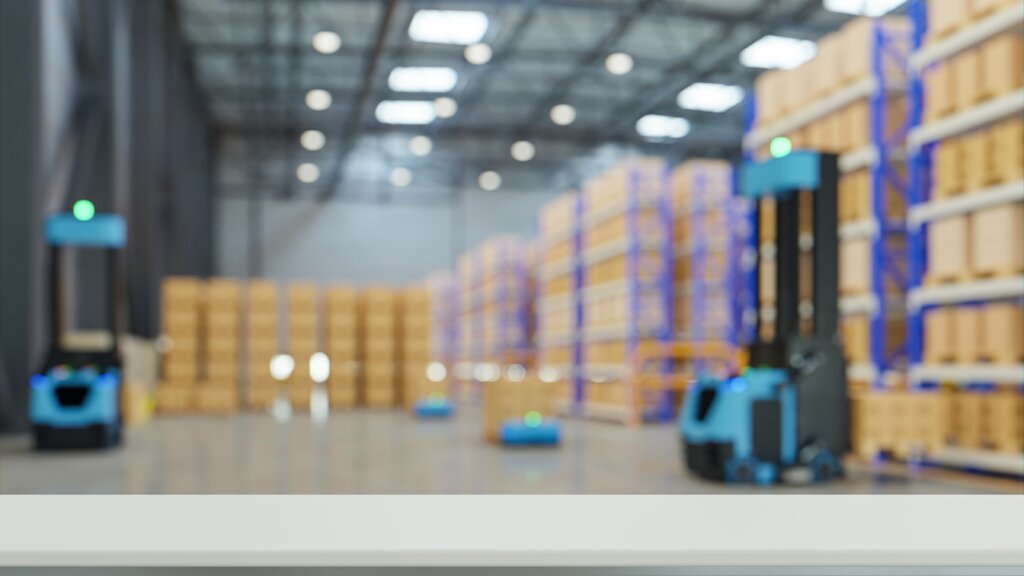
Source: Shutterstock
Inherent complexities of installing robotics lie in factors like outdated or in-extensible systems, lack of options in the technology layers – for example, will new systems work alongside our WMS? – or service overheads, to name just a few. Warehouse managers and operational decision-makers are often rightly worried by the challenges of providing the necessary infrastructure, like wireless networks, OT/IT bridging, and charging stations.
In many ways, day-to-day operations create a vicious circle: errors in put-away locations, safety incidents on the premises and natural production bottlenecks conspire to keep decision-makers busy. In turn, there’s no time to address some of the known causes of larger problems, issues that automated systems and robotics might solve.
Yet, unlike many large-scale operational changes, robots in manufacturing facilities and warehouses of any size can be, and arguably should be, introduced gradually. According to operations automation specialists Renovotec, introducing a single AMR – typically in an area known for operational bottlenecks – can be transformative. A first step, carefully taken, will not only prove its monetary value in the form of reduced costs and efficiency improvements but also act as a practical example that increases buy-in from other key stakeholders.
Any investment in robotic systems is undertaken in line with a long-term strategy of around ten years plus, and the beauty of next-gen automation systems, however small, is that they scale and adapt. With today’s software-controlled systems, extensibility is baked into the hardware and controlling software.
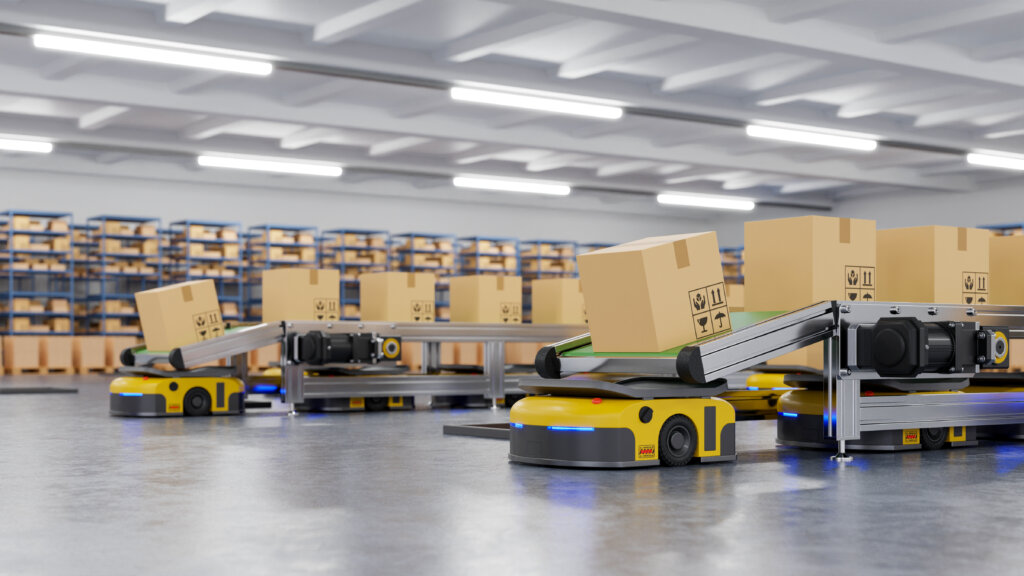
Source: Shutterstock
Two key factors determine success, both for longer-term automation plans and shorter-term gains. The first is interoperability with existing systems. Automation solutions that work in concord with existing WMS investments can be chosen, integrating with platform/s already in place. In this way, robotic control systems do not replicate software capabilities, nor do they dictate wholesale changes to operating models. Extant Plus, for instance, can create triggers that instigate robot actions in a proven working pattern with existing hardware. Therefore, the focus can be improving efficiency in key areas rather than retraining staff or changing static machine installations.
Secondly, a technology-first vendor of automation systems will be happy to source, provide and maintain the required infrastructure for any installed robot. That may be connectivity infrastructure (local 5G, LoRa, wireless control, etc.), physical requirements like charging points, and associated software. A good example of the latter would be predictive maintenance algorithms that consider a facility’s working patterns to determine the lowest-cost timeslot when the robot can be offline for pre-emptive maintenance.
However on-point and innovative any automation system might be, no operations manager wants to procure a solution that’s ‘dropped in’ by its supplier, who subsequently disappears. In contrast, Renovotec’s teams insist on an extensive “ride along” period*, during which their logistics and engineering experts observe a facility’s workings and advise accordingly.
*The company actually deems this process “OCR”: observation, consideration, recommendation.
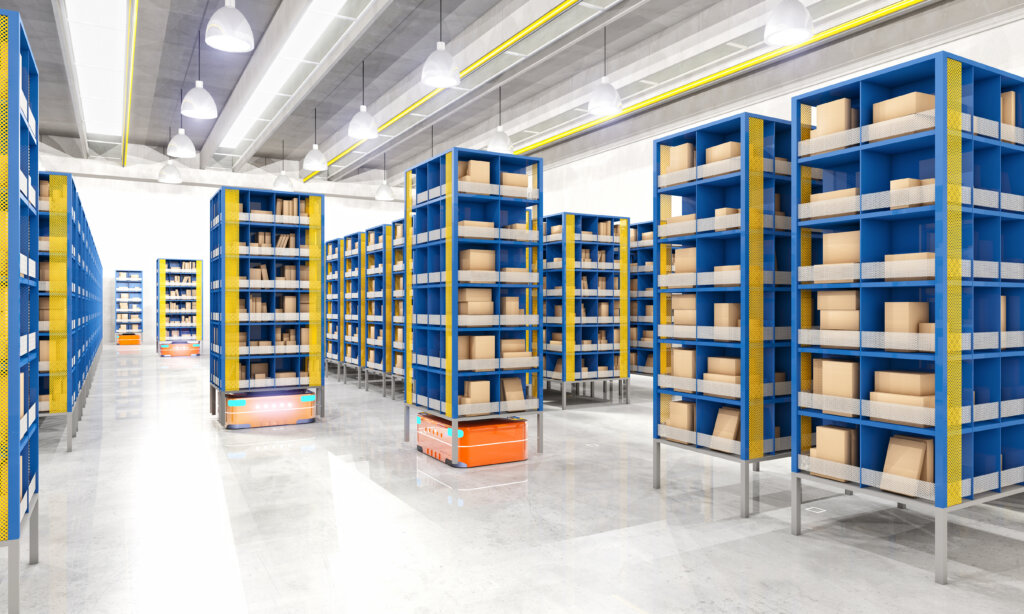
Source: Shutterstock
Renovotec operates on behalf of an extensive network of suppliers, so no particular emphasis is given to any single robot manufacturer. According to a company spokesperson, it would rather sell and support a lower ticket solution if that’s what’s needed to solve an organisation’s key problem.
Many suppliers of automation solutions in the manufacturing and distribution sector are front-pieces for a particular supplier or manufacturer. In this case, one size may not necessarily fit all, but the palette of choice for the end-user is limited. With an eco-system of proven hardware, software and infrastructure suppliers, Renovotec can advise on, source, install, and maintain investments well into the long term.
The focus on existing problems and a long-term partnership ensures it only provides extensible and scalable systems designed to resolve issues of resource drains, but that will expand and scale as its clients’ operational needs change.
To learn more about next-generation automation systems and a revolutionary approach to operations in this pressured sector, speak to an industry insider at Renovotec.






